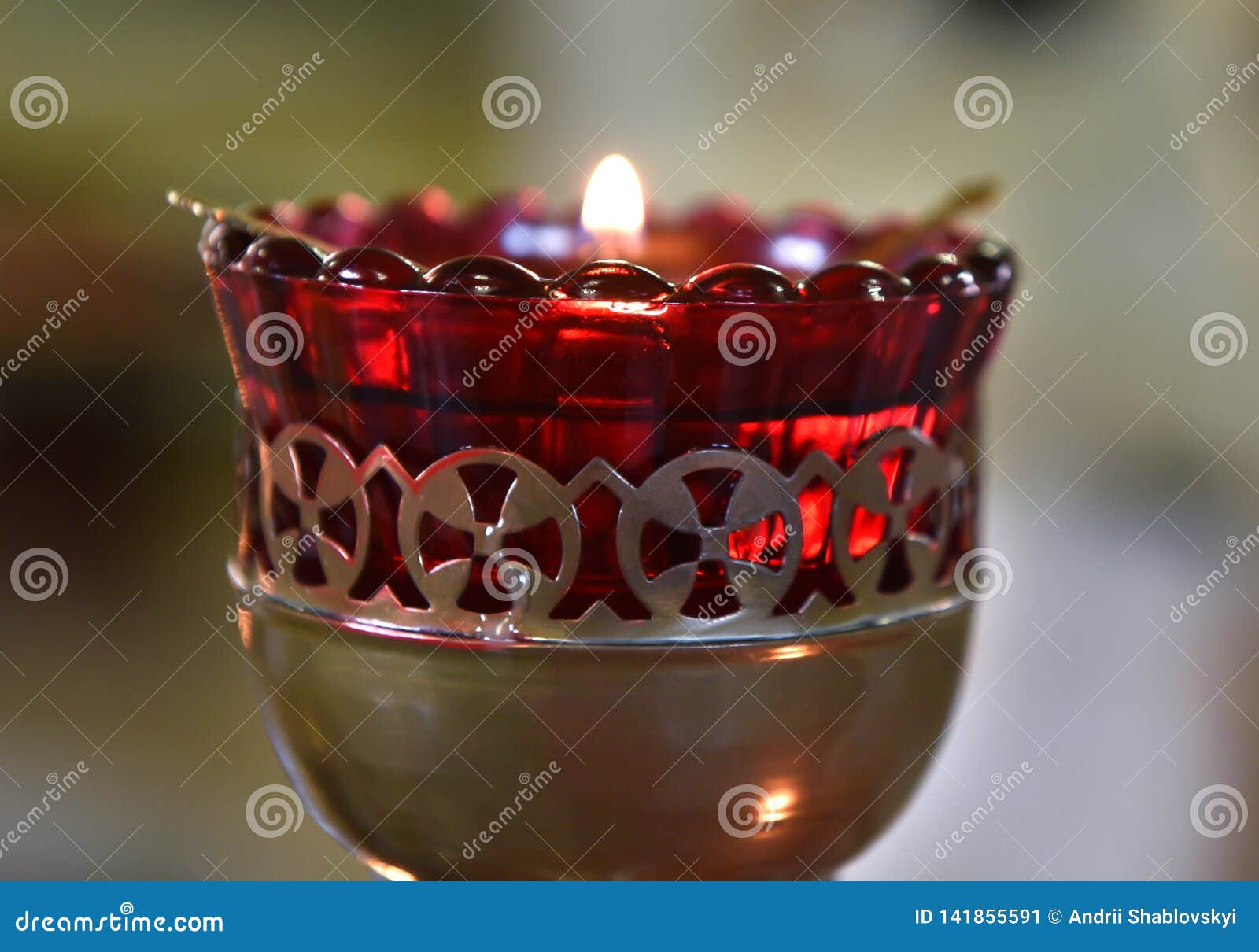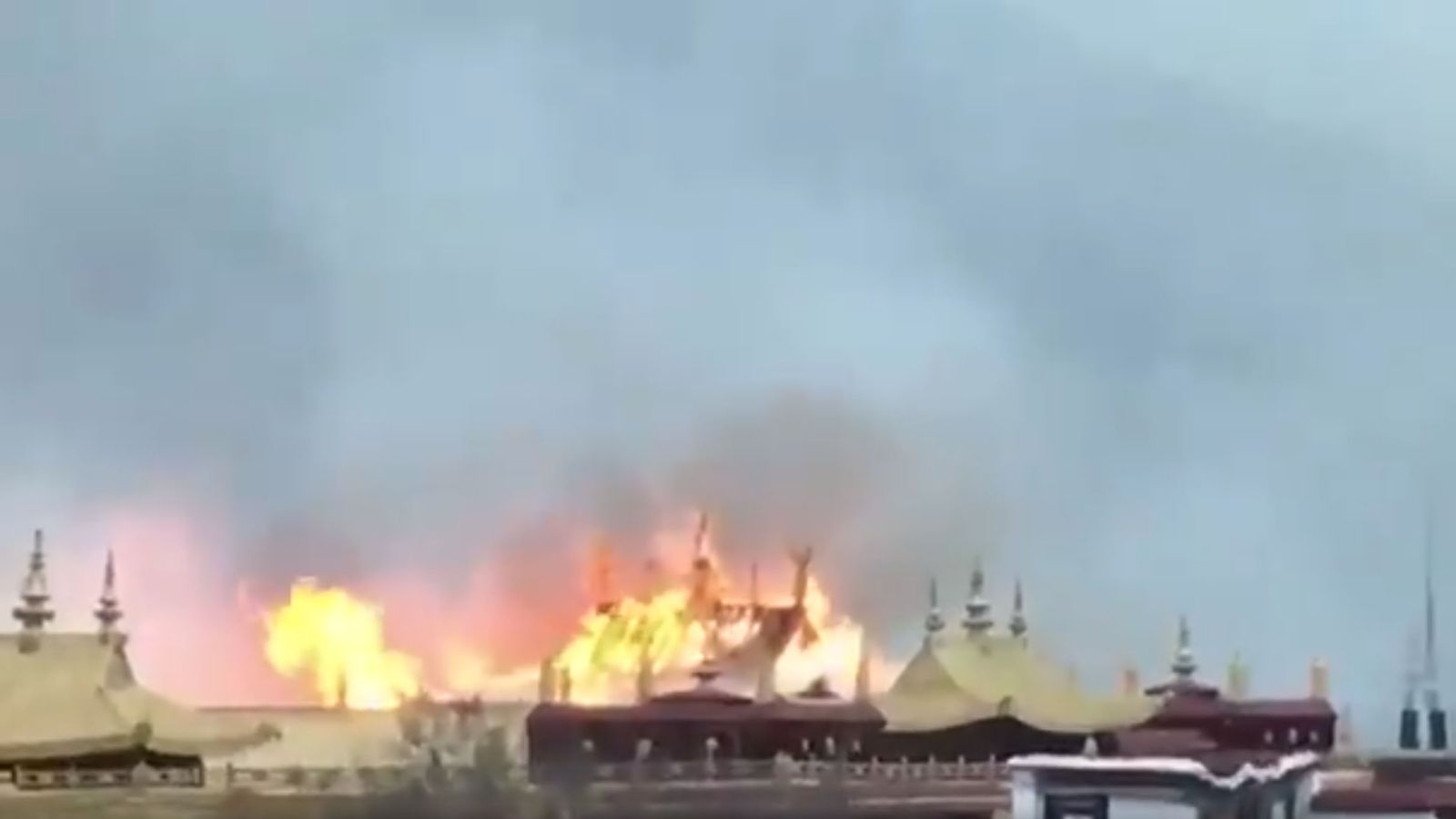

The glow from the pyres against the evening sky is more distinct now, still hidden by two monolithic water towers, purification systems, one of which has a portrait of Lord Shiva painted on it. We are dwarfed by the haveli palaces on one side, wary of being shoved by spectral water buffaloes into the Ganges on the other. The name of each ghat is carelessly painted onto the medieval walls. This is one of many Hanuman temples in the city that are also known as akadas, gymnasiums comparable to those in ancient Greece: places for learning and worship as well as for physical fitness. They wear only langotis, slivers of cloth that they tie in a tight G-string. Outside it, on a platform two by three yards, weight lifters go through their routines, blessed by the deity. On our left, midway up the gargantuan walls of a palace and observatory once belonging to the Jaipur royal family, is a minuscule temple dedicated to Hanuman, the monkey god of strength. The smallpox temple, where devotees still gather even though the disease has been eradicated, is a stalwart giant on the shoreline, its cone domes looking like the caparisoned humps of a dirty beige camel. Heading toward one of the two burning ghats, at opposite ends of the old city (the rest are for worship, bathing and mooring boats), we stop at the steps of Dashashvamedha, the main ghat, where a king once sacrificed 10 horses to propitiate the gods.Īt the foot of this staircase, toadstool-shaped straw umbrellas, under which masseurs knead their trade, are silhouetted against the pale-sanded far bank of the Ganges. Gitanjali is edgy as we lead her through sandwiches of bicycle rickshaws past rows of vendors selling chillum pipes and colorful kumkum powders used to make forehead markings. They may lay out the body and mourn at home, but taking it to the ghat and arranging for the wood, lighting the pyre, performing the rites, is a man's job.Įvening is the best time to see the pyres. Traditionally, Indian women are not supposed to witness what goes on at the cremation grounds.

Gitanjali has been to Benares many times on buying trips, but she has never been to the old city. On this visit, Ben Ingham, a photographer, and I are accompanied by an Indian woman, Gitanjali Kashyap, a fashion designer from New Delhi. Here the living assertively overshadow the dying.

Varanasi is the place to study pure Sanskrit, to learn classical Indian music from masters like Bismillah Khan. The ringing of bells from temples thronging the cobblestone streets in the old city is incessant, compounded by the furious tinkling of hundreds of thousands of bicycle-rickshaw bells. But the city itself is very much alive, with a booming silk-weaving and textile industry and more sadhus, swamis, gurus and chelas (disciples) than you can find in any other city in India. Hindus believe that every sin is cleansed by dying and being cremated in Varanasi.

Most Indians I know use the names Benares and Varanasi interchangeably, though the government insists on the latter. Varanasi - also an ancient name, derived from the Varuna River, not from the city's more famous river, the Ganges, into which the Varuna flows - was twisted by the British into Benares ("b" and "v" sounds are often blurred in Hindi). Kashi, meaning light, is the original name of this, one of the oldest cities in the world. I am in a daze from traveling, but soon I realize it isn't a log, or an extra piece of luggage, but a shrouded corpse being taken to the most sacred city in Hinduism for cremation. There is a curious log-shaped thing wrapped in white and strapped to the jeep's roof. Our headlights illuminate a jeep in front of us, which we cannot pass because of the oncoming traffic in the other lane. Diesel fumes and the churned powder-soil of India create a haze that the car relentlessly plows. WE arrive at Kashi Varanasi, City of Light, late in the evening, mouths so filled with dust it isn't even worth talking.


 0 kommentar(er)
0 kommentar(er)
